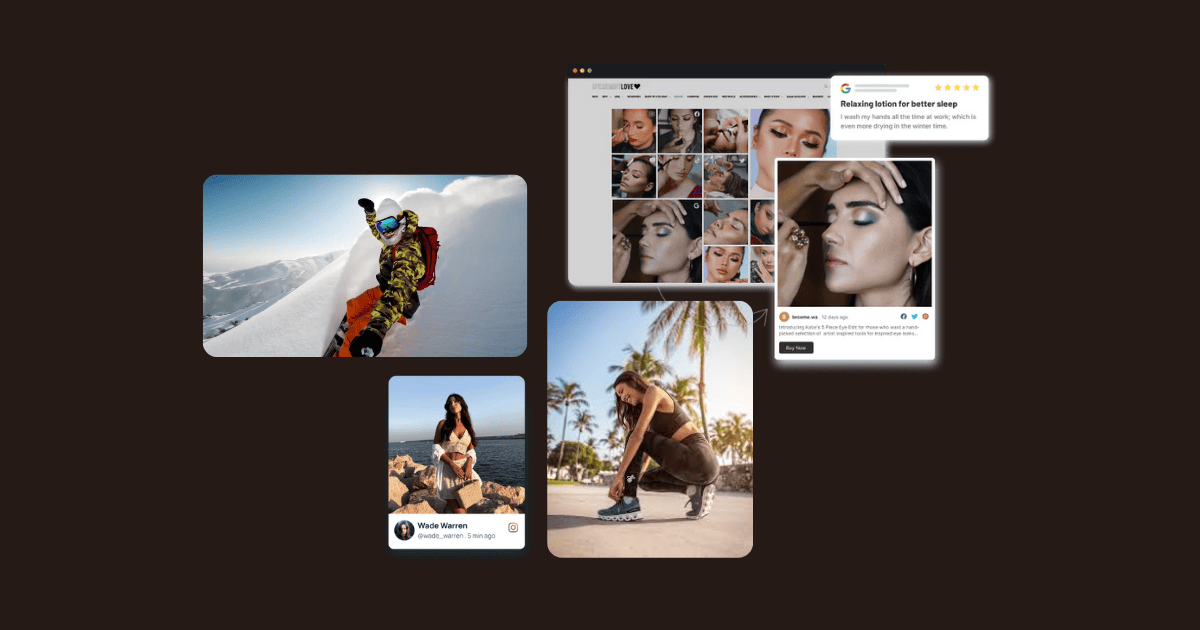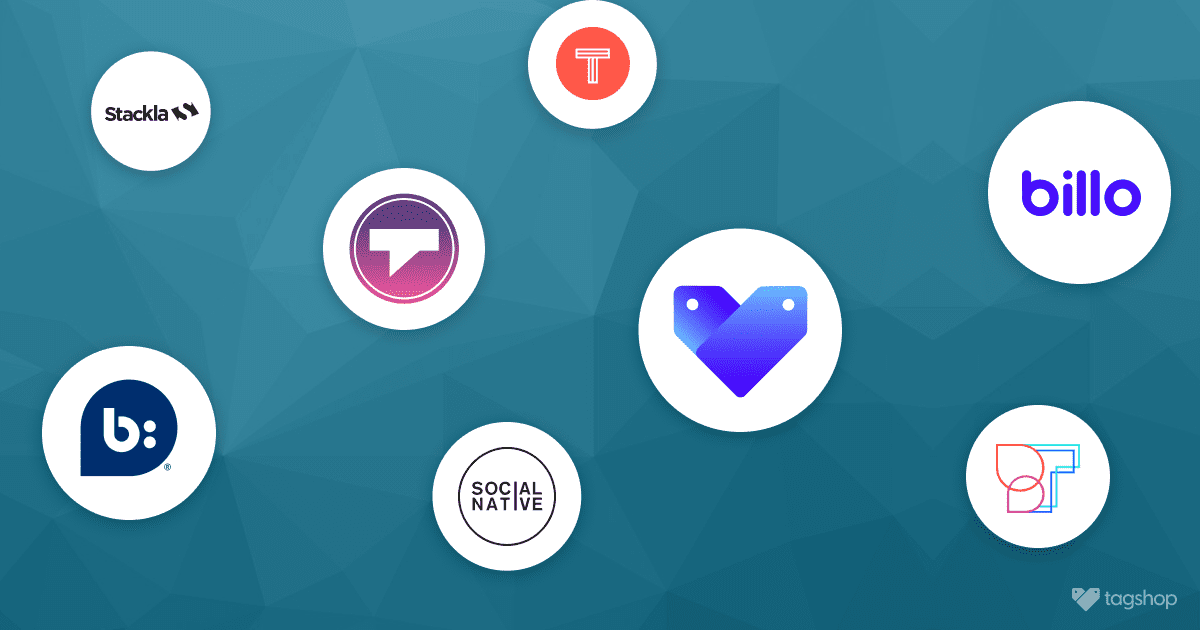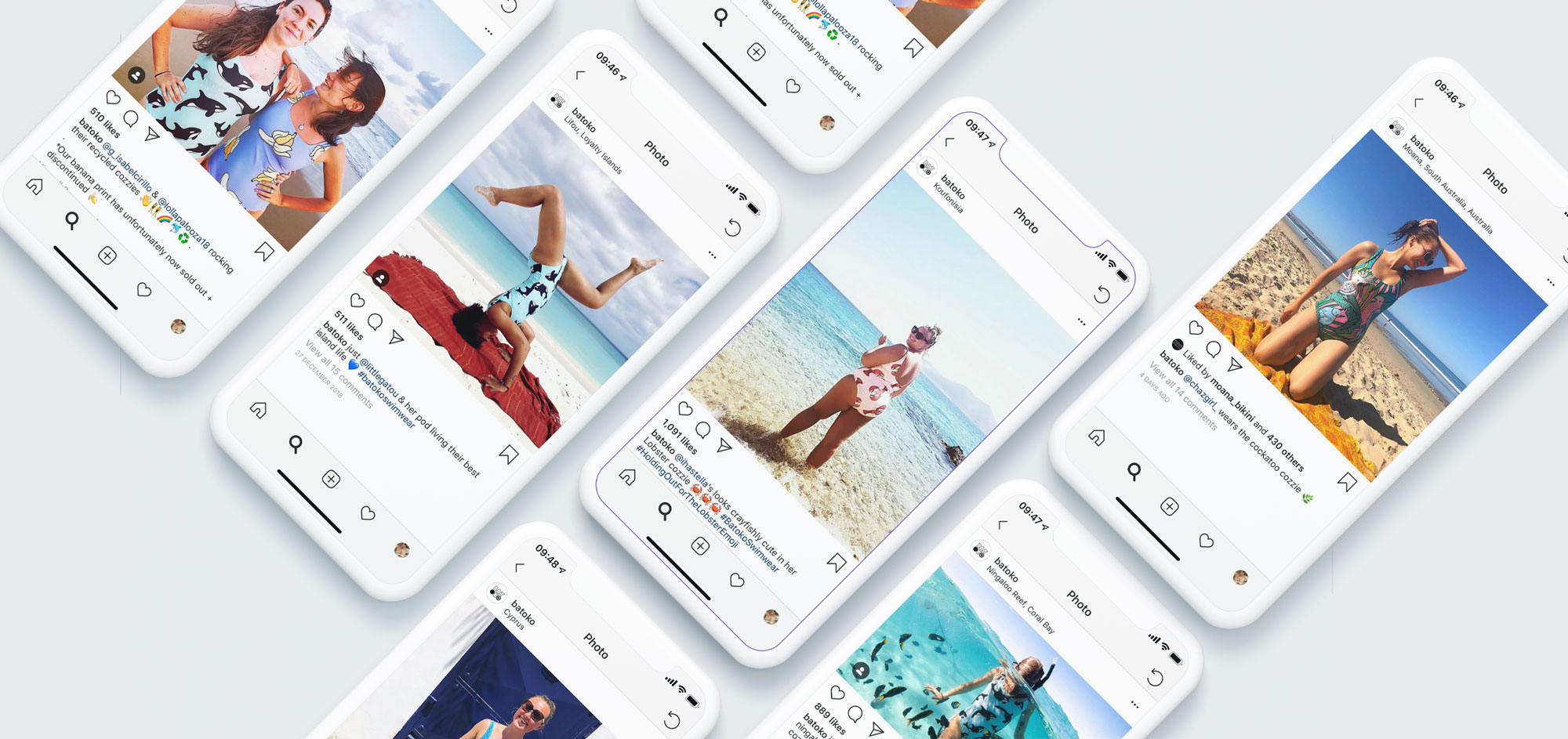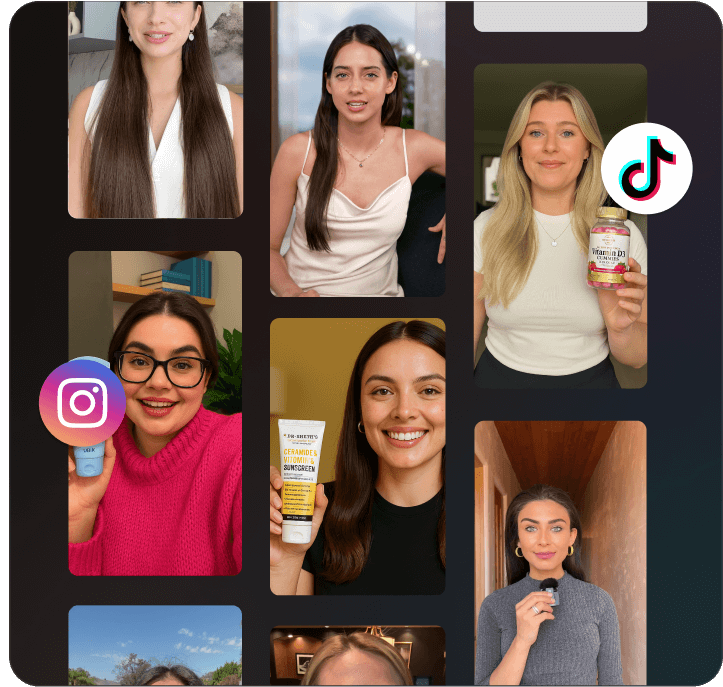10 User-generated Content Examples That You Can Try
User-generated content (UGC) is any form of content created by users of a product or service rather than by the brand itself. This includes social media posts, reviews, photos, videos, and fan art. UGC examples have become increasingly valuable for brands, providing authentic and engaging content that resonates with their target audience.
Why Should You Apply UGC In Your Marketing?
Here’s why you should apply UGC in your marketing:
- Increased Trust & Authenticity: UGC comes directly from real customers, making it more believable and relatable than traditional marketing messages. Consumers are more likely to trust the opinions of other customers than marketing claims from the brand itself.
- Enhanced Social Proof: Seeing other people enjoy and benefit from a product or service builds social proof, significantly influencing purchase decisions. Positive ugc reviews and testimonials can reassure potential customers about the quality and value of a brand’s offerings.
- Increased Engagement & Reach: UGC Videos can go viral, organically expanding a brand’s reach. Encouraging user-generated content can spark conversations and interactions around the brand, increasing engagement and brand visibility.
- Cost-Effectiveness: UGC is essentially free content created by your customers. This can significantly reduce marketing costs compared to producing professional content in-house.
- Valuable Insights: User-generated content (UGC) provides valuable insights into customer preferences, needs, and pain points. By analyzing UGC, brands can gain a deeper understanding of their target audience and identify areas for improvement.
- Community Building: UGC fosters community around the brand by connecting customers through shared experiences and interests. Encouraging user participation can build brand loyalty and create a strong customer base.
- Improved SEO: UGC can improve a brand’s search engine optimization (SEO) by providing relevant content and increasing website traffic. User-generated content often contains valuable keywords and phrases to help a brand rank higher in search results.
Here are 10 examples of User-generated Content:
1. AI UGC
AI UGC, or Artificial Intelligence-Generated User-Generated Content, refers to content created by AI tools that mimics or complements traditional user-generated content.
While typical UGC comes from real users, such as customer reviews, social media posts, or testimonials, AI UGC is produced using algorithms trained on large datasets to simulate human-like text, images, videos, or audio.
2. Customer Product Reviews:
User-generated evaluations of products or services, including ratings and comments. These provide social proof, helping potential customers make informed decisions by showcasing real-life experiences and opinions.
Why and How It Will Work
- These build trust and influence purchase decisions.
- Encourage reviews post-purchase, display them prominently, and respond to feedback.
- Authentic opinions boost credibility and address potential customer concerns.
3. Social Media Posts with Branded Hashtags:
Content shared by users on social media platforms using a specific brand’s hashtag. This creates a collective, searchable gallery of user-generated content, increasing brand visibility and fostering community engagement.
Why and How It Will Work
- Increases brand visibility and fosters community.
- Create a unique, engaging hashtag, run hashtag campaigns, and feature user posts.
- Expands reach, creates a sense of belonging, and generates organic promotion.
4. User-Submitted Photos and Videos:
Customers create visual content demonstrating product usage or brand experiences. These offer authentic, real-life examples, humanizing the brand and boosting engagement through relatable visuals.
Why and How It Will Work
- Offers real-life examples and humanizes the brand.
- Host photo/video contests, request submissions, and showcase them on platforms.
- Provides relatable visuals, builds authenticity, and demonstrates product value in real-world contexts.
5. Customer Testimonials on Websites:
Positive feedback from satisfied customers is displayed directly on a brand’s website. This builds credibility and trust, reinforcing positive brand perception and influencing potential customers’ purchasing decisions.
Why and How It Will Work
- Builds credibility and reinforces positive brand perception.
- Collect testimonials through surveys or feedback forms and strategically place them on key pages.
- Converts potential customers by showcasing social proof and addressing concerns.
6. User-Generated Blog Posts:
Written content contributed by customers or fans related to a brand or industry. This provides diverse perspectives, enhances SEO, and fosters community by allowing users to share their expertise.
Why and How It Will Work
- Provides diverse perspectives and enhances SEO.
- Invite guest bloggers, provide guidelines, and promote posts on social media.
- Establishes authority, drives organic traffic, and fosters community participation.
7. Forum and Community Discussions:
Online platforms where users discuss products, share tips and provide feedback. These create a space for engagement, provide valuable customer insights, and build brand loyalty through interactive discussions.
Why and How It Will Work
- Creates a space for engagement and provides valuable customer insight
- Create or moderate forums, actively participate, and use insights for product improvement.
- Builds loyalty, gathers feedback, and fosters a sense of community.
8. Live Streams and Social Media Stories:
Real-time video content shared by users, often featuring or mentioning a brand. This offers authentic, unscripted content, increasing engagement and building a sense of immediacy through live interactions.
Why and How It Will Work
- Offers authentic, unscripted content and increases engagement.
- Encourage live Q&As, behind-the-scenes glimpses, and product demos.
- It builds immediacy and transparency and drives real-time interaction.
9. Fan Art and Creative Content:
Original artwork, videos, or other creative works inspired by a brand or its products. This demonstrates genuine customer passion, strengthens brand affinity, and generates organic buzz through unique creations.
Why and How It Will Work
- Demonstrates genuine customer passion and strengthens brand affinity.
- Feature fan art on social media, host contests, and acknowledge UGC creators.
- Creates emotional connection, builds brand loyalty, and generates organic buzz.
10. User-Created Tutorials and How-To Videos:
Videos created by customers demonstrating product usage or achieving specific results. These provide practical value, enhance product understanding, and build trust through helpful, user-generated guides.
Why and How It Will Work
- Provides practical value and enhances product understanding.
- Encourage tutorials, create a playlist of user-generated videos, and share them on relevant UGC platforms.
- It helps customers maximize product use, reduces support inquiries, and builds trust.
11. Participation in Online Contests and Challenges:
Users submit content, such as photos or videos, to participate in brand-sponsored events. This drives engagement, generates excitement, and increases brand awareness through interactive and competitive activities.
Why and How It Will Work
- Drives engagement and increases brand awareness.
- Design engaging contests, promote them widely, and offer attractive prizes.
- Generates excitement, expands reach, and builds community through shared experiences.
Conclusion:
“UGC Examples” showcase the power of authentic content in modern marketing. User-generated content, or UGC, encompasses a wide range of formats, from simple product reviews to elaborate video tutorials.
Think of customer testimonials on websites, providing social proof, or social media posts with branded hashtags, amplifying brand reach. User-submitted photos and videos offer real-life product demonstrations, while user-generated blog posts add diverse perspectives. Live streams and fan art build community and emotional connections.









